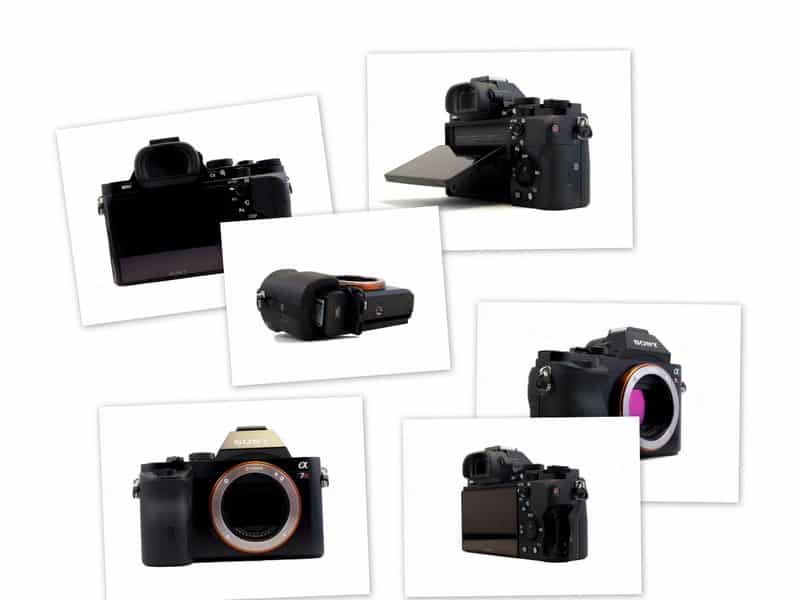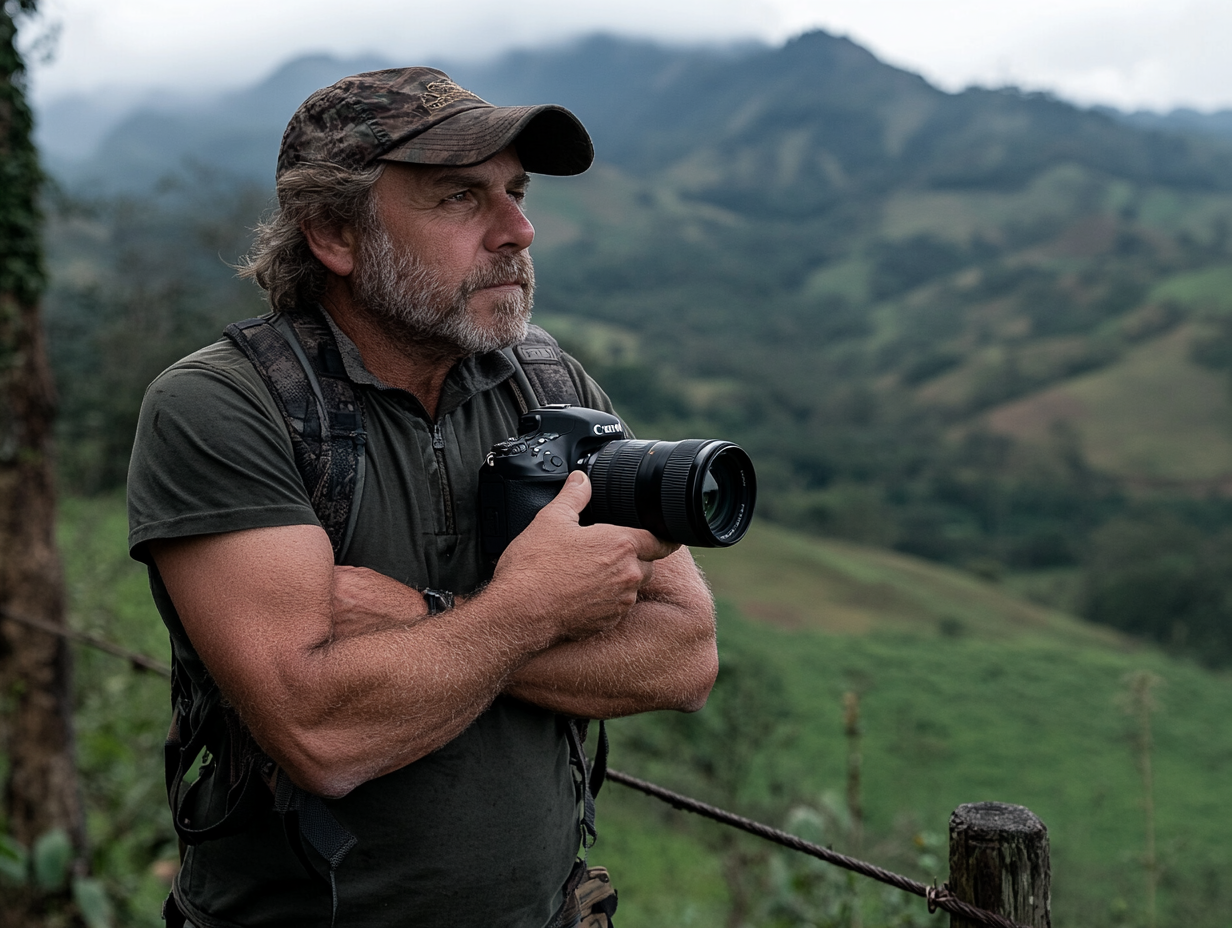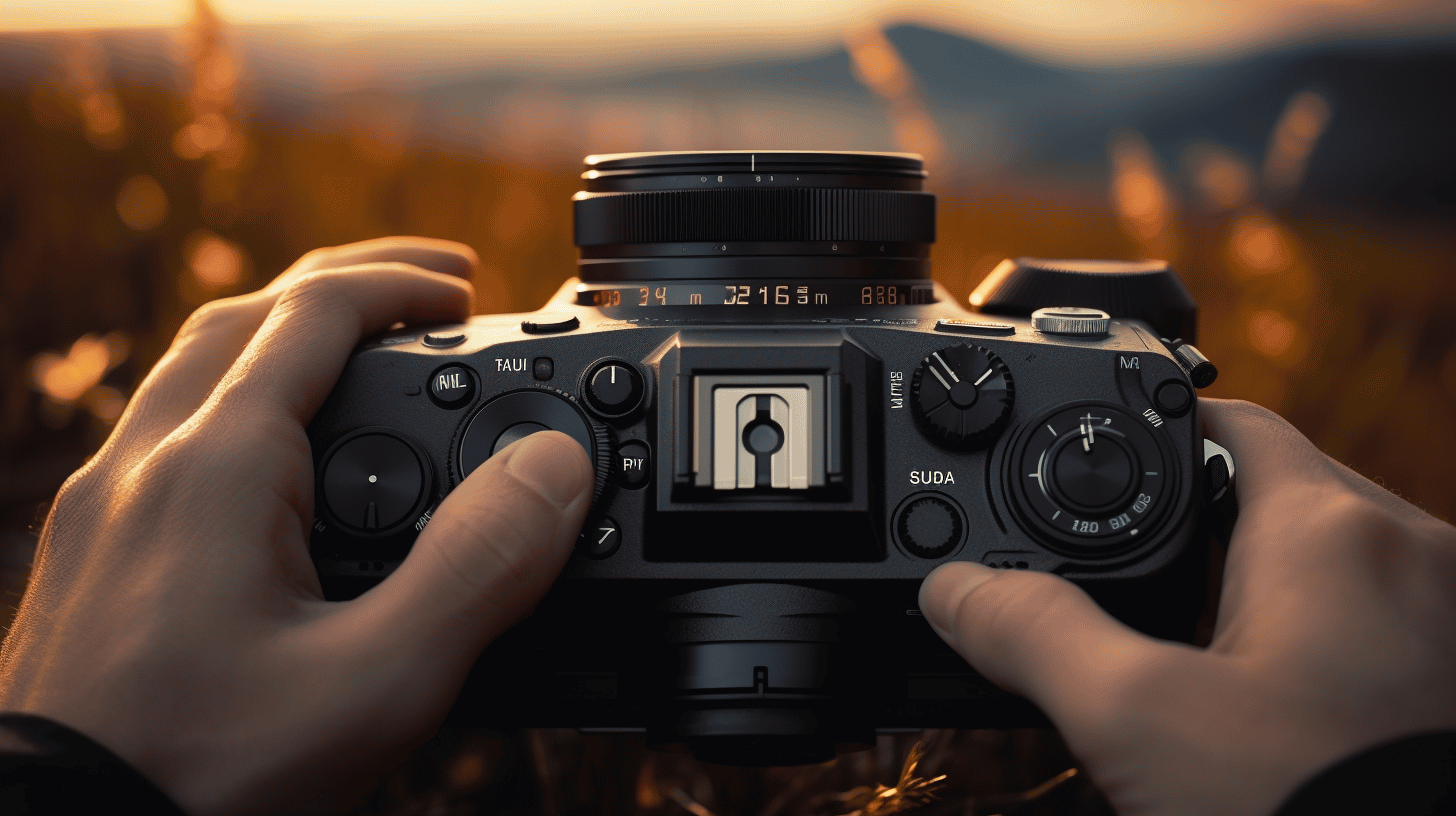Sony A7 vs. A7r vs. A7s

Which one is right for you, the Sony A7 vs A7r vs A7s? There are now 3 quite different models in the Sony A range to choose from, and the one that best suits you depends on what type of photographer you are.
- The ISO king is definitely the latest Sony A7s. Shooting at the max ISO 102,400 would of course not generate really useful images, but it does have about 2 or 3 stops of usable ISO performance over the A7r. This is a major advantage for concert photography and other low-light scenes. It also features a newly developed auto-focussing algorithm that allows it to focus right down to light levels of -4EV (with an f/2.0 lens) This is the lowest light AF capability in any camera today.
- For landscapes, stills and studio work, the 36 MP Sony A7r is still king. The large MP count translates to more information stored that is useful when editing RAW files and for printing to large formats. Remember that the benefits of the 36MP sensor can only be fully utilised when using the highest quality lenses from Sony’s A-mount (Zeiss) range or other manufacturers. For this, you’ll need an adapter like the Sony LAEA4 or the Metabones Canon EF lens adapter III.
- The Sony A7 still represents the best value for money, costing (street price) about half of its siblings. It also has a hybrid AF system, that is not spectacularly better than the contrast only AF on the A7r, but is still faster with a good lens. It is a good choice as a first step into full frame cameras. The 24MP resolution gives plenty of data to work with if you shoot in RAW format, and it won’t break the bank.
For a quick comparison on the Sony A7 vs A7r vs A7s, you’ll find all the major differences (in my view) here:
Sony A7
- Magnesium alloy and polycarbonate body (416 gr)
- phase detect and contrast AF (117-point phase detect and 25-point contrast detect)
- 24,3 effective MP Sensor resolution
- max flash sync 1/250 second
- 2.5 fps max. continuous Shooting Rate with continuous autofocus
- 5.0 fps max. Speed Priority Continuous Shooting Rate
- 340 shots battery life
- Optional electronic First Curtain Shutter
- ISO sensitivity range: 100 – 25,600
Sony A7r
- Magnesium alloy body (407 gr)
- Contrast based AF only (25-points)
- 36,4 effective MP Sensor resolution
- max flash sync 1/160 second
- 1.5 fps max. continuous Shooting Rate with continuous autofocus
- 4.0 fps max.Speed Priority Continuous Shooting Rate
- 340 shots battery life
- No electronic First Curtain Shutter
- ISO sensitivity range: 100 – 25,600
Sony A7s
- Magnesium alloy body (446 gr)
- Improved contrast-based AF (25-points), able to focus right down to light levels of -4EV, with an f/2.0 lens (lowest-light AF capability of any current camera, by a full EV step)
- 12,2 MP effective MP sensor resolution
- max flash sync 1/250 second
- 2.5 fps max. continuous Shooting Rate with continuous autofocus
- 5.0 fps max. Speed Priority Continuous Shooting Rate
- 380 shots battery life
- Optional electronic First Curtain Shutter
- ISO sensitivity range: 100 – 102,400
Conclusion
Once the Sony A7s hype is over, as always, it will turn out to be a camera with pro’s and cons. And there will be a newer and better camera on the horizon (think Photokina in September). So it might be a good idea to wait until then if you’re trying to decide between the Sony A7 vs. A7r vs. A7s.




0 Comments